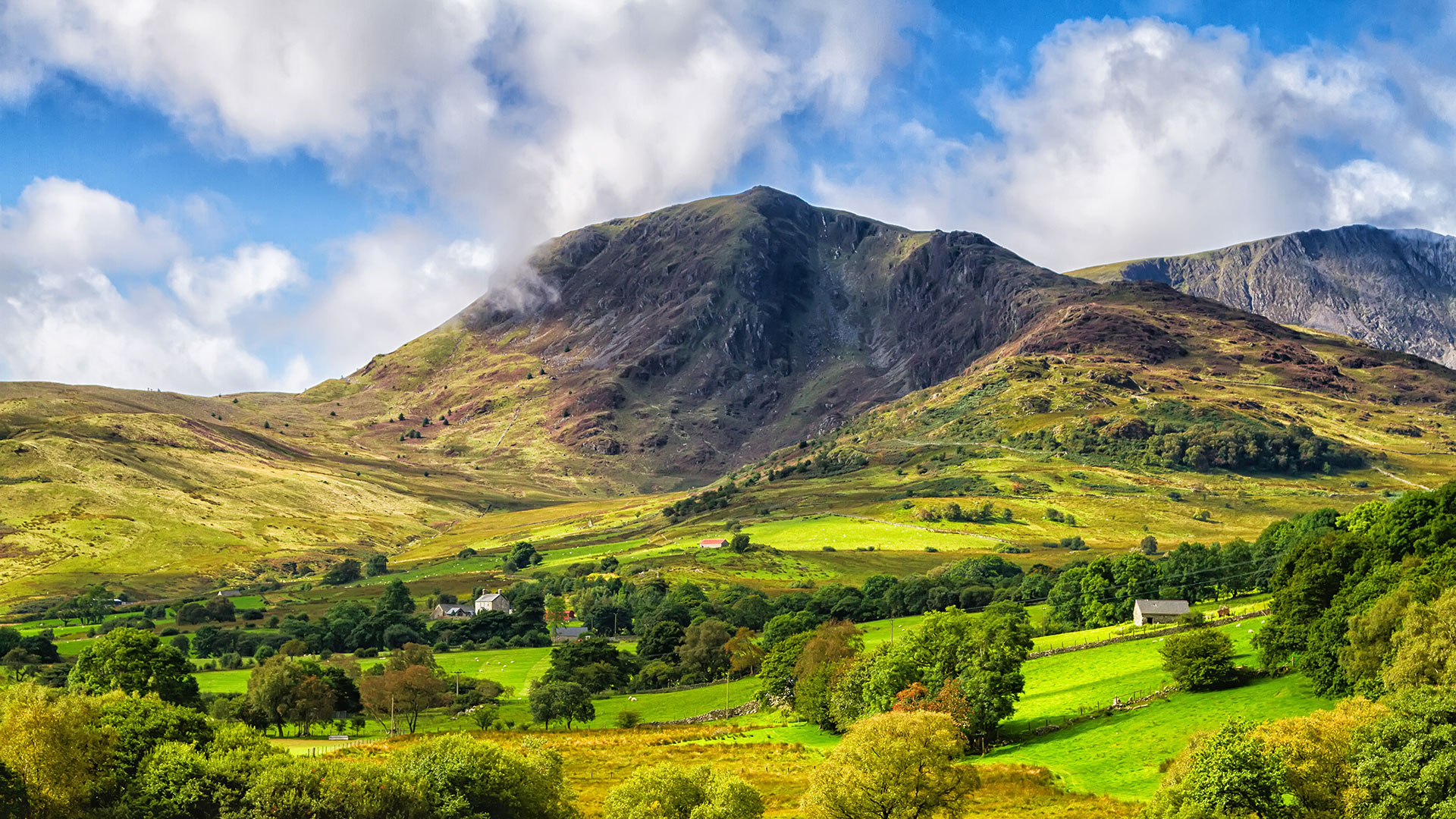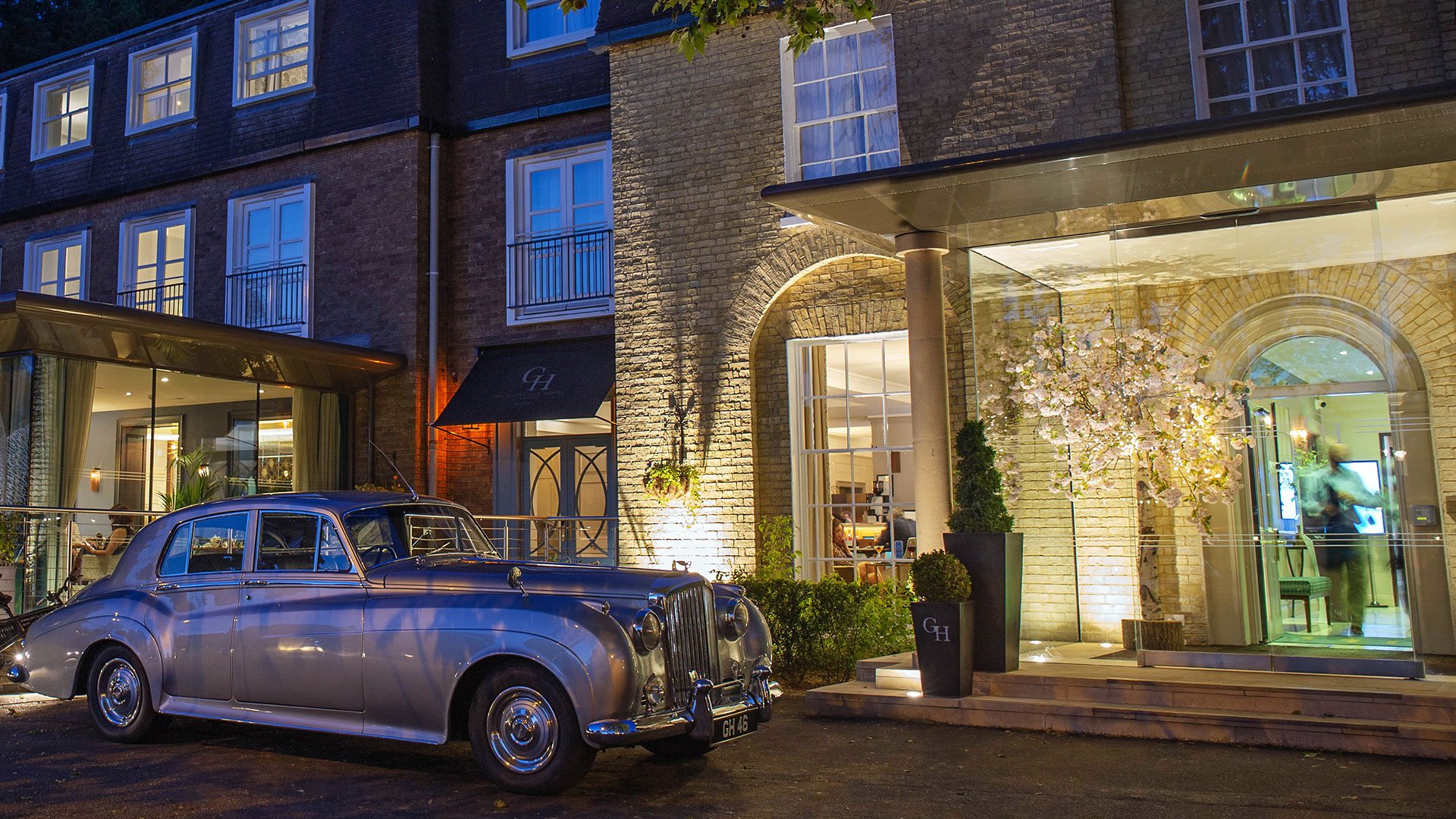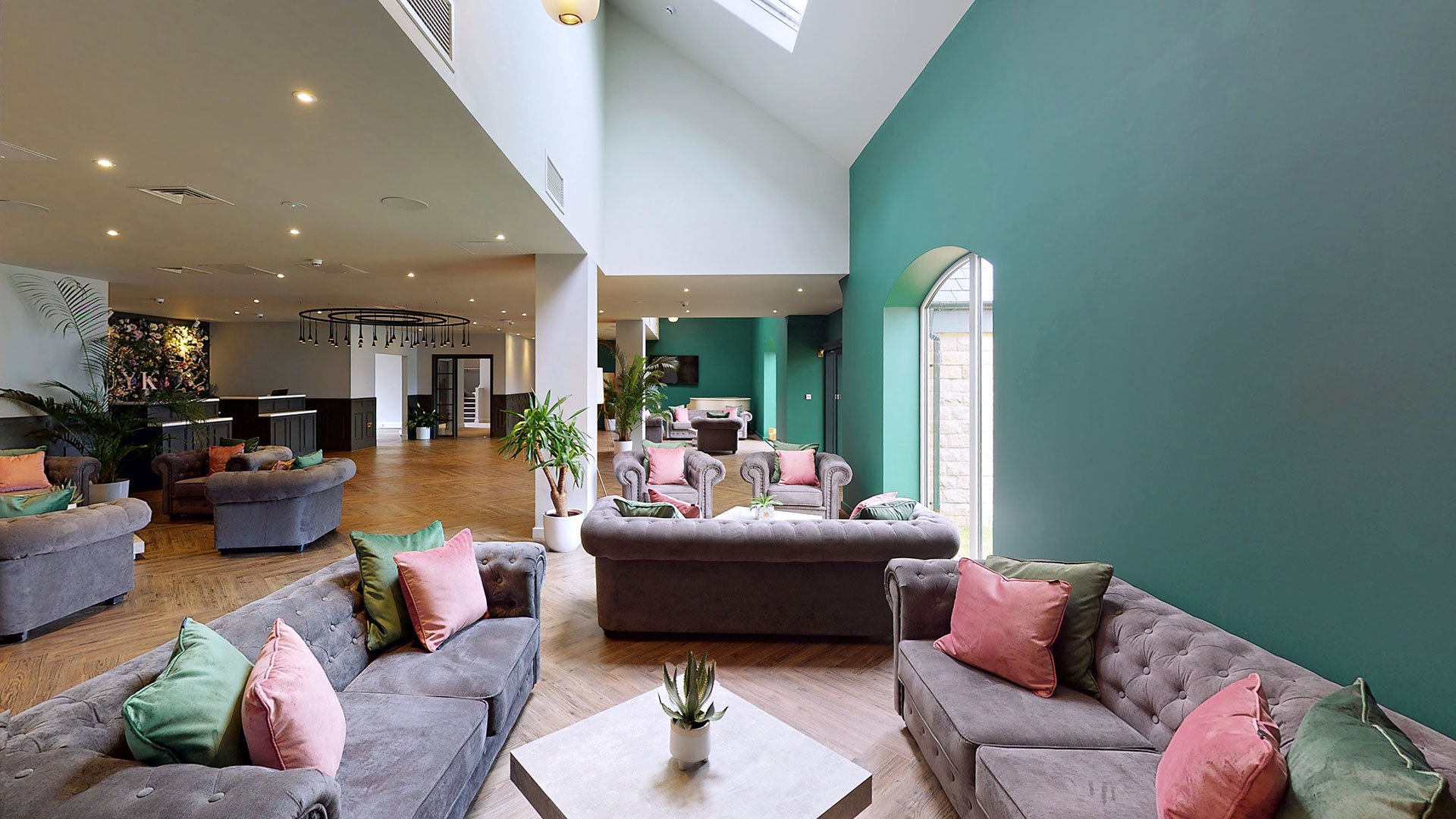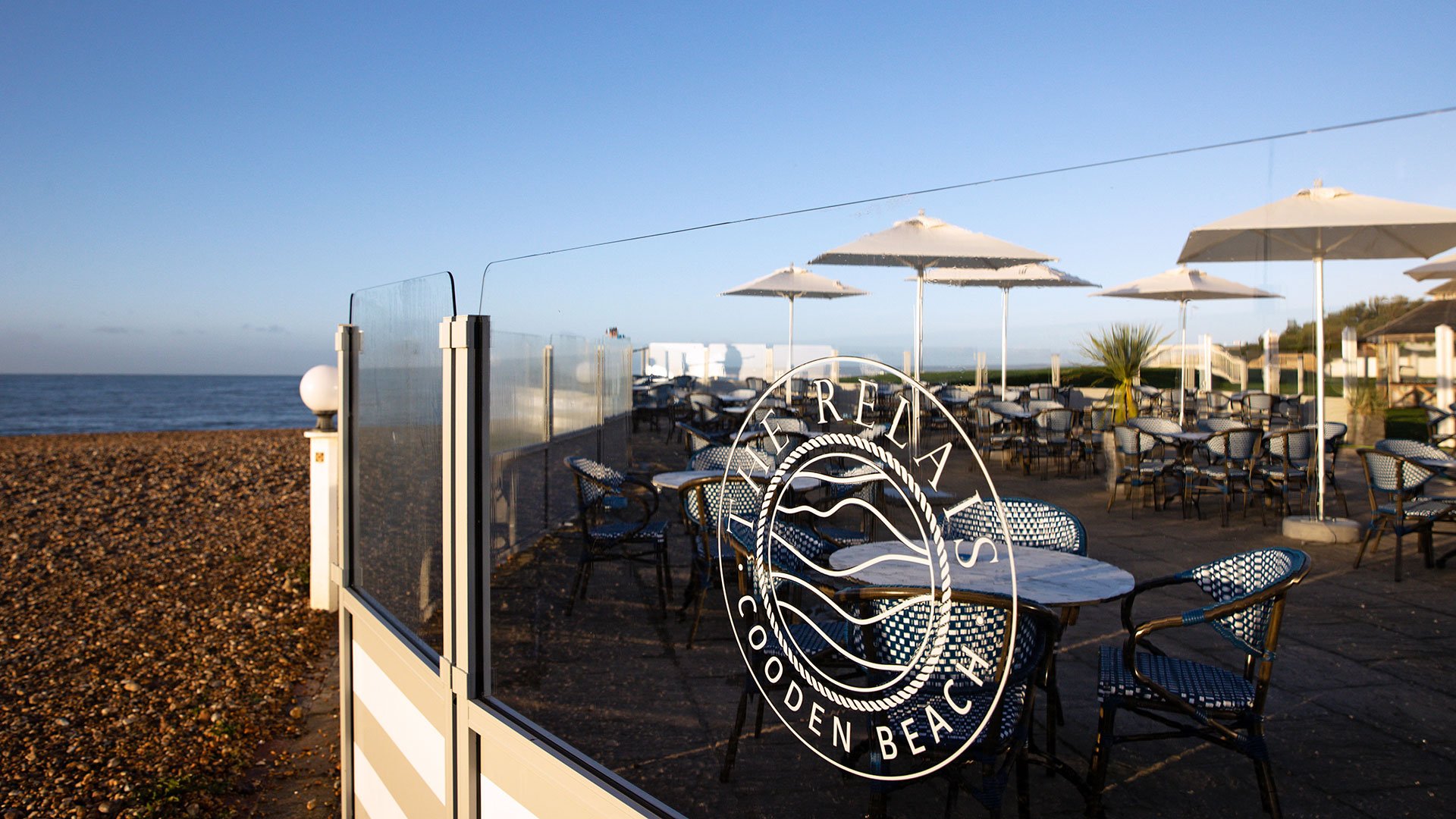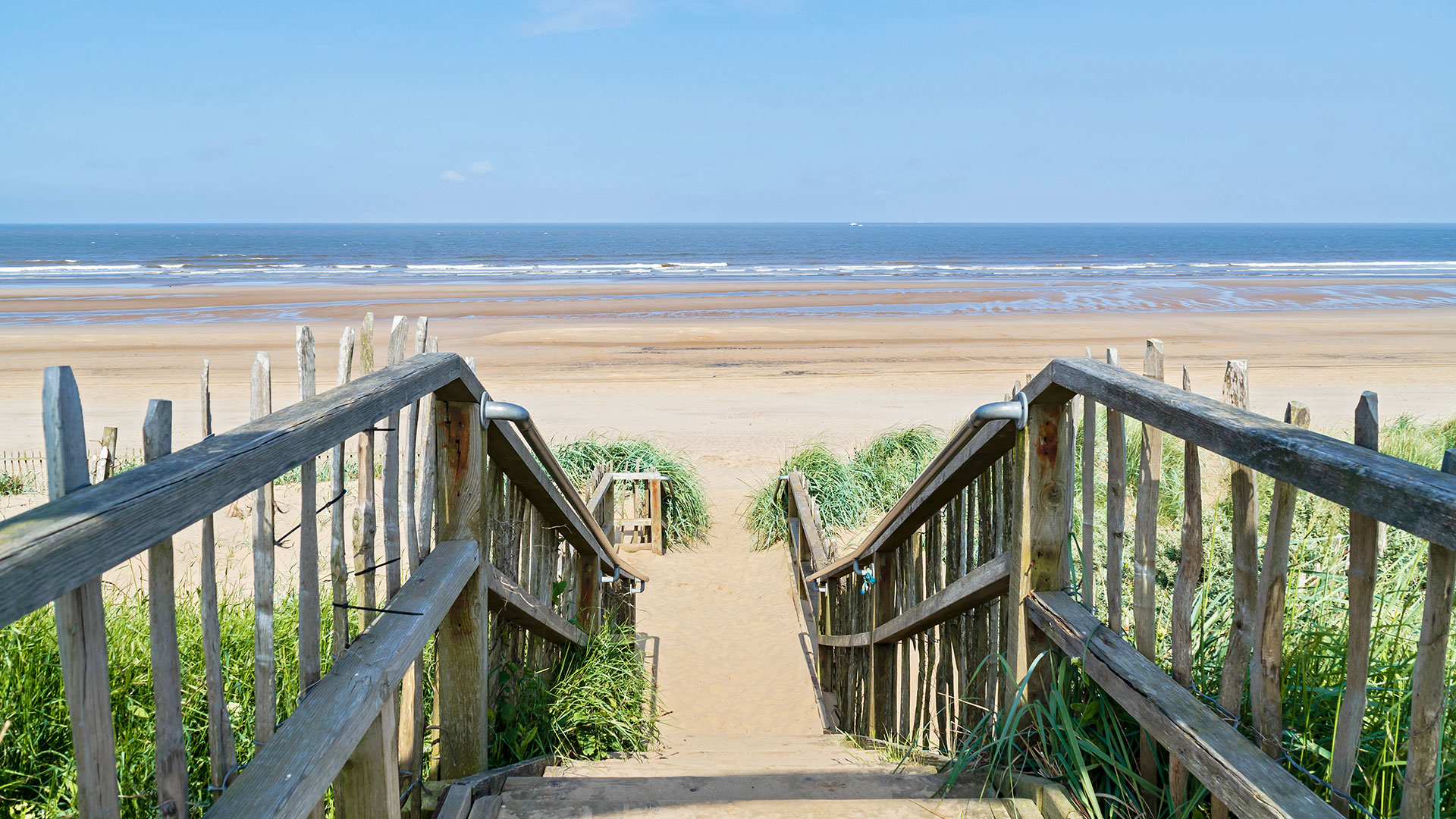The Maids Head in Norwich is a fascinating historical jigsaw puzzle…
Archeological evidence in the cellars suggests that a dwelling, possibly a hostelry, stood here in Anglo-Saxon times on a street sloping down to the River Wensum. This building was situated immediately opposite the Anglo-Saxon Church of St Simon and St Jude. Shortly after 1066, both would have witnessed Norman conquerors ride into Norwich and demolish a lot of the old city centre in order to build their castle and cathedral on its highest ground. Fortunately, they seem not to have demolished the inn that probably stood on this site. You can still find its entrance in Wensum Street, although since 1899 the hotel’s main entrance is on Tombland, an open space at the top of the hill, opposite the cathedral.
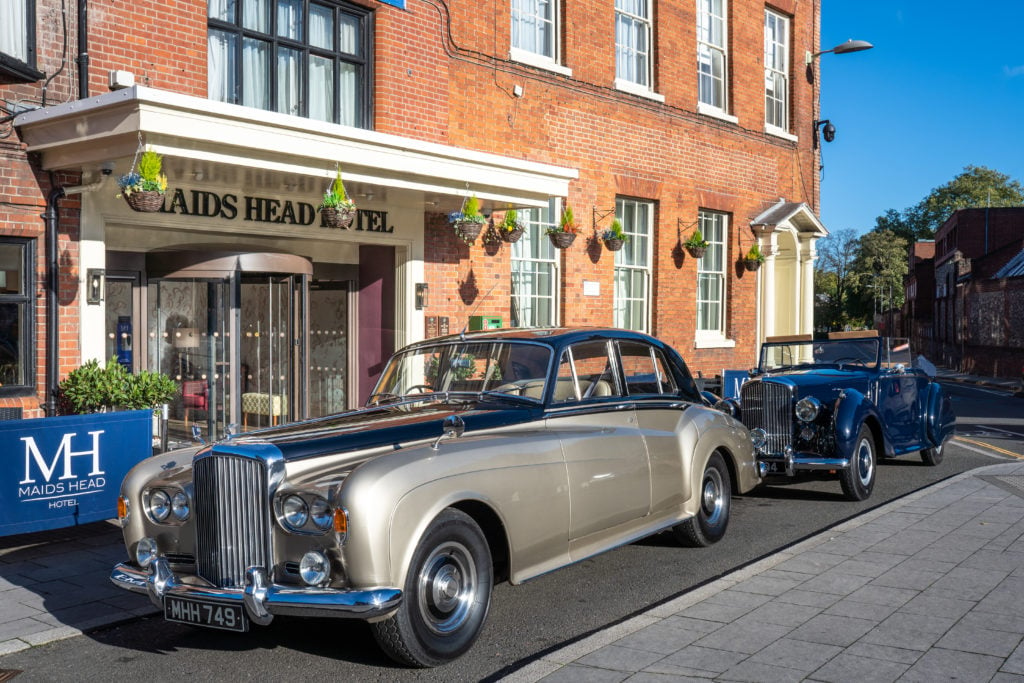
In my attempt to understand the Maids Head today this old archway is where I started. It’s now the entrance to the WinePress, the hotel’s two AA Rosette-awarded restaurant. Although foundations below date back to Anglo-Saxon times, the first record we have of a name for an inn beyond this arch is in 1287 when it was called the Murtel Fish Tavern. The award-winning restaurant occupies the courtyard of that inn with a series of rooms running off on each side. Above it there is a gallery running round the courtyard, beyond it a stables (where breakfast is served these days). If you’ve seen The Lord of the Rings trilogy, the Murtel Fish probably looked very much like the Prancing Pony tavern.
One of those side rooms, a dining room just inside the gate, now known as ‘The Snug’, functioned historically as the innkeeper’s parlour. This small panelled room still retains its brass letter box and a series of bell-pulls.
We know that the Black Prince feasted at the Murtel Fish in 1359 when he attended a joust in Norwich. But the first mention of the hotel as the Maids Head occurs in the next century when the Norfolk lawyer, Sir John Paston, wrote in 1472 that the Maids Head was a good place for a visitor to stable his horse.
The inn remained a tight sequence of rooms and stabling blocks during many centuries of rebellion and civil war. Cardinal Wolsey stayed here in 1519 and the following year Catherine of Aragon, Henry VIII’s wife, dined at the Maids Head. Even if Queen Elizabeth I didn’t actually sleep here when she visited Norwich in 1587, some of her entourage certainly did.
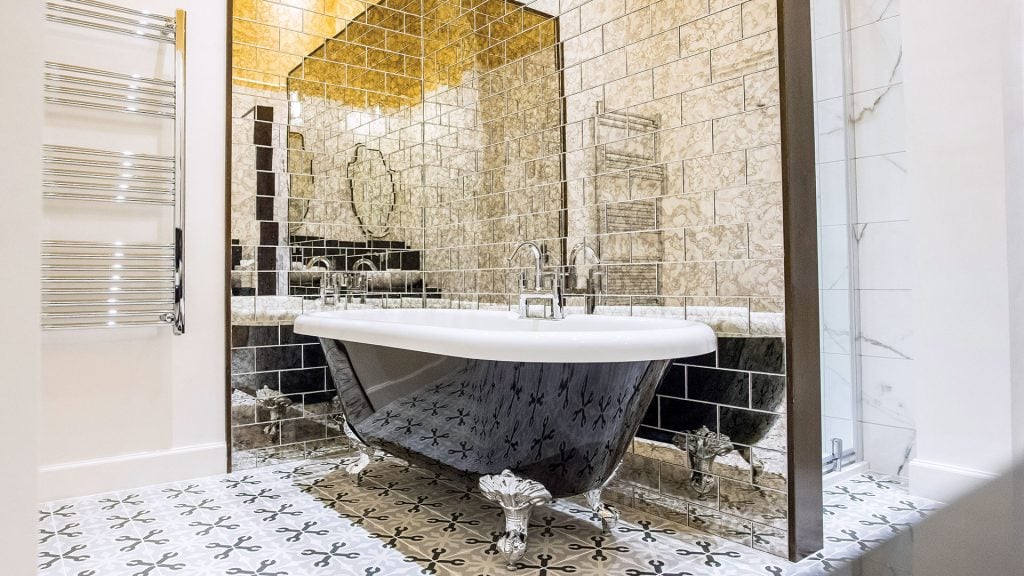
During Kett’s Rebellion over land enclosures (1549) the Maids Head changed hands several times in one year and during the Civil War (1642-49) we know the inn was a royalist meeting place. In 1643, parliamentary forces broke in and stole horses from these stables.
Peace eventually came to Britain – and to Norwich – and in the early 1700s a very grand assembly room was added at the rear of the Maid’s Head with wine cellars below. Today, this is known as the Minstrel Room and it is the grandest of the hotel’s function rooms. In 1724, a Masonic Lodge was founded here and it later doubled as a music room for concerts. There was no grand staircase so visitors must have been surprised when they traipsed up from the courtyard below, with its smell of horses and ale, to find a tall neo-classical space that resembled the Pump Room in Bath. It’s still a surprise today.
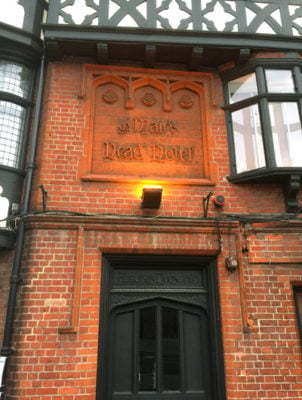
During the eighteenth and nineteenth centuries, the Maids Head extended up Wensum Street towards the market place known as Tombland. It was about to be completely transformed however in 1889. This was when a wealthy London solicitor called Walter Rye heard of plans to turn the Maids Head into a commercial hotel with – much to his disgust – “a billiard room and glass bar”. Rye leased the site and redeveloped the hotel in mock half-timbered brick. He built a new front door to the hotel on the site of a house that had once belonged to the philanthropist Alderman Thomas Anguish (1538-1617). Over Rye’s new door the words “Anguish’s House” were carved and above that the name “ye Maids Head Hotel” was picked out in tiles under three Tudor roses. These can still be seen today but Rye’s door is no longer the entrance to this luxury hotel.
As I continued my walk round the hotel into Palace Street, I passed the current entrance under its large canopy and came to Cavell House, a sturdy eighteenth-century brick building that from 1902 was used for training district nurses. This was named after Edith Cavell, the Norfolk-born nurse executed 100 years ago in Belgium. In 1957, Cavell House was incorporated into the Maids Head as a ground floor function room with bedrooms above.
As part of the hotel’s bid to modernise in the 1920s, the space between Cavell House and the old Anguish House entrance had already been turned into a garage for guests who were touring by car. Big signs announcing “Hotel Garage” were plastered over Walter Rye’s mock-Tudor façade. That garage is long gone and its entrance where cars used to turn in to be parked is now the hotel’s main entrance with its sliding glass doors beneath the canopy.
But the Maids Head had not finished expanding. At the end of the 1960s a new brick block, mercifully hidden from the road, was built at the back of the hotel, demolishing the old stable yard. Then, in 1984, the expansion was completed when a series of five Tudor cottages next to Cavell House were bought up. They were incorporated into the Maids Head, producing four new suites and yet more function rooms.
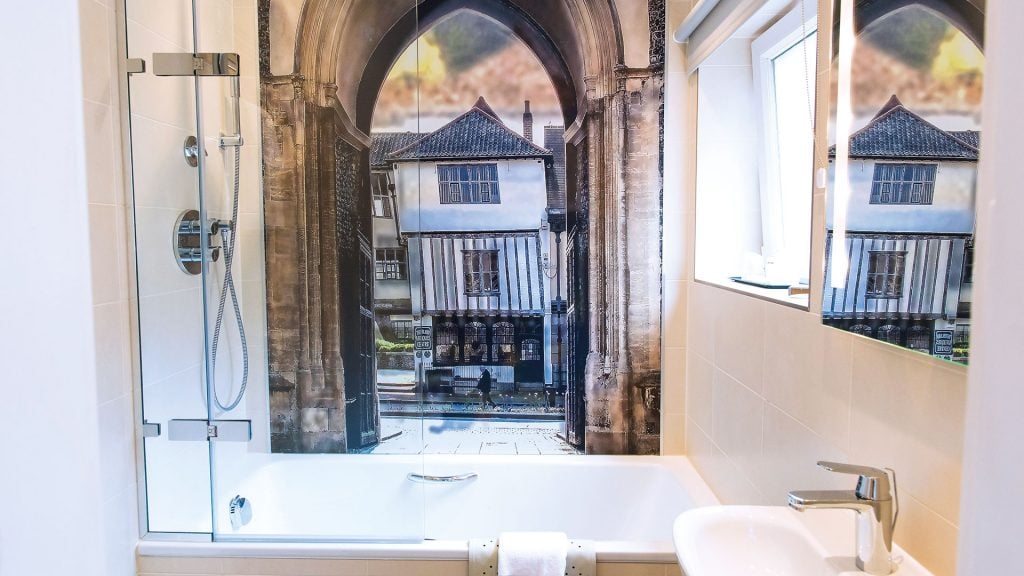
To be honest, it’s not certain how many buildings make up the Maids Head. English Heritage says “at least six”. I counted eight, all from different periods of English history, plus quite a few courtyard spaces that have now been glassed over to make the hotel interiors connect up. Meanwhile, down below (out of public view) there’s quite of lot of pre-Norman history still to be discovered in the cellars. It’s as complex – and initially as confusing – as English history itself, but, like English history, it’s fascinating, too.
Where did those carved religious statues in the WinePress come from? They may have been salvaged from the cathedral when all its decoration was pulled down by Parliamentarians in 1643. Who brought those valuable Delft tiles in the Snug from Holland? How did that carved baroque bed get into the Queen Elizabeth Suite? It’s from a later period than Elizabeth herself so she couldn’t have slept in it – but who did?
Enjoy a weekend break at the Maids Head Hotel. Call 0845 0 70 70 90 or email us today.
Adrian Mourby
Adrian Mourby is our hotel historian. He contributes to the Sunday Times Travel Magazine, Business Traveller and numerous inflight magazines worldwide.
